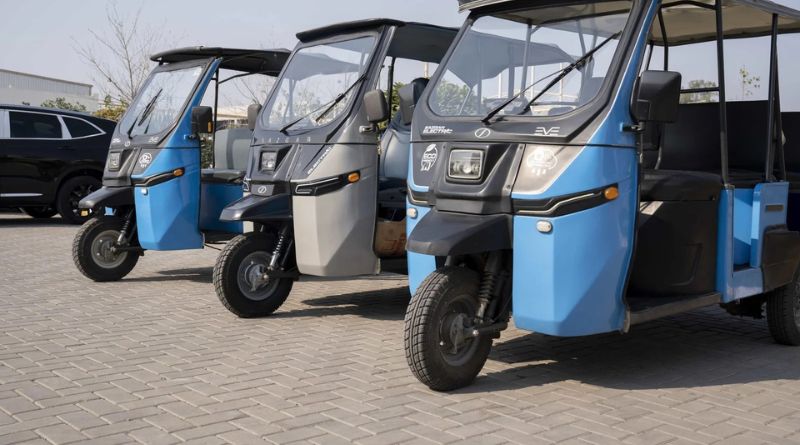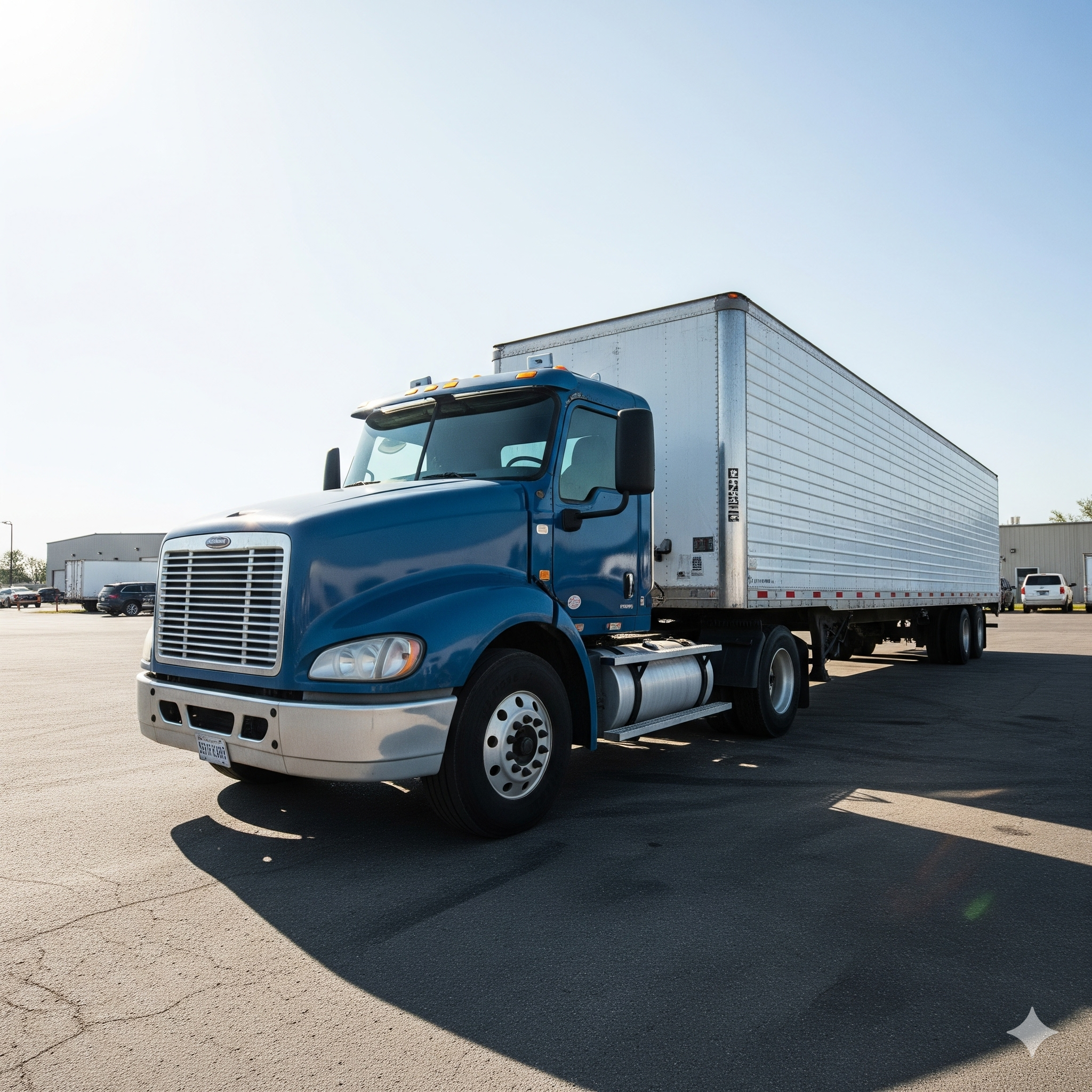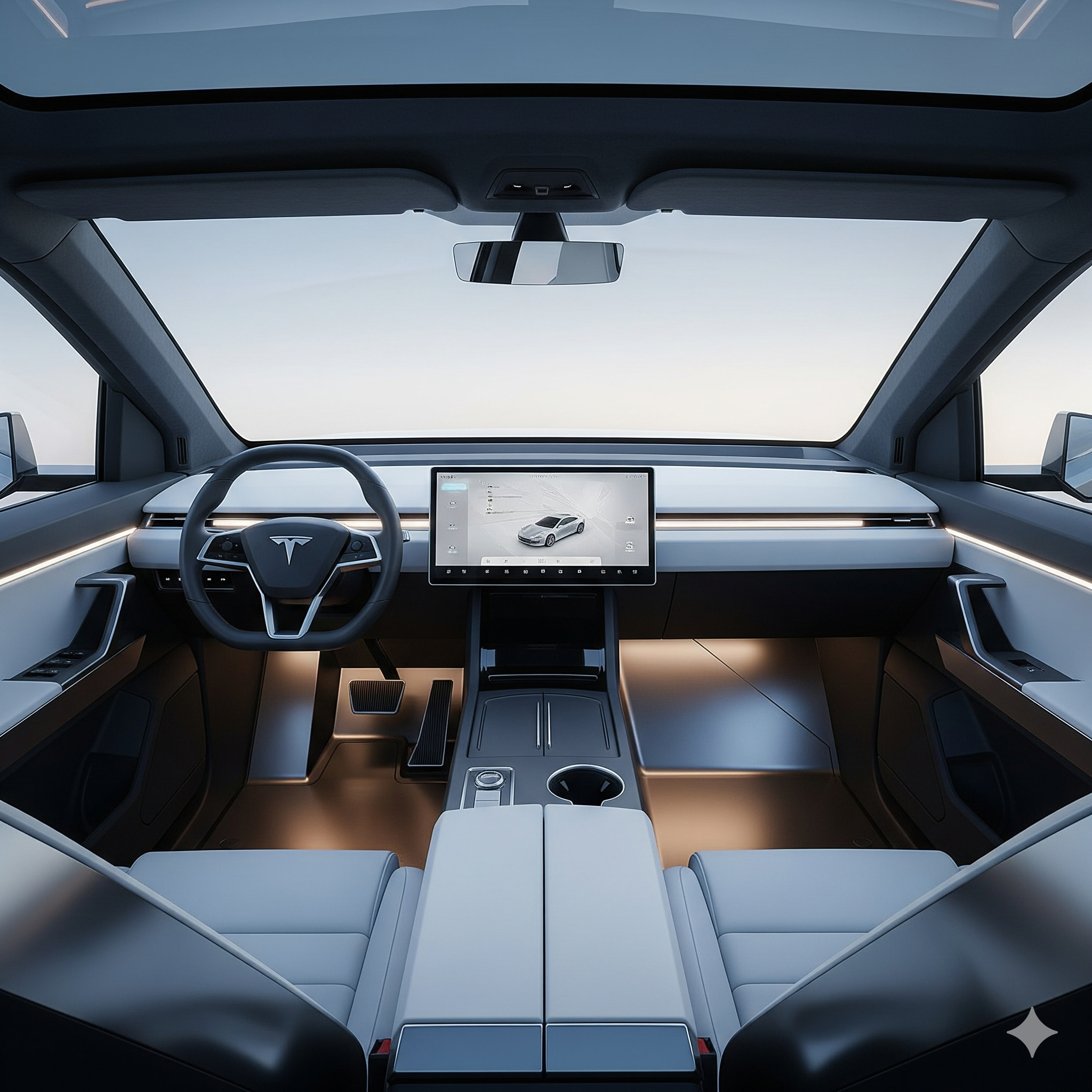Introduction
When you think of an electric rickshaw, your mind probably drifts to the bustling streets of India, Thailand, or Bangladesh—places where these three-wheeled vehicles are a common sight. However, I took the unconventional route of bringing one to a first-world country, and the experience has been nothing short of amazing. In a world dominated by cars, SUVs, and public transport, my electric rickshaw has proven to be a game-changer. Not only is it an eco-friendly and cost-effective mode of transport, but it also turns heads and sparks conversations wherever I go.
Why Choose an Electric Rickshaw?
In modern cities, transportation is one of the biggest sources of pollution. Cars and motorcycles contribute heavily to carbon emissions, traffic congestion, and noise pollution. I wanted a sustainable alternative that could still be practical for daily use. That’s where the electric rickshaw came in.
- Eco-friendly: Unlike gasoline-powered vehicles, electric rickshaws produce zero emissions, making them a greener option for urban mobility.
- Affordable: The cost of purchasing and maintaining an electric rickshaw is significantly lower than owning a car.
- Compact and Convenient: It’s small enough to navigate through narrow streets and tight parking spaces.
- Quirky and Unique: Driving an electric rickshaw in a first-world country is a novelty that turns heads and starts conversations.
Buying and Importing an Electric Rickshaw
Bringing an electric rickshaw into a first-world country isn’t as straightforward as buying a regular vehicle. Since these are primarily manufactured for developing countries, they’re not widely available in places like the U.S., Canada, or Europe. Here’s how I went about the process:
- Finding the Right Model: I researched various manufacturers in India and China, looking for a model that offered decent speed, battery life, and durability. I eventually settled on one with a lithium-ion battery, which provided a longer lifespan compared to lead-acid batteries.
- Navigating Import Regulations: Many first-world countries have strict vehicle regulations. I had to ensure that my rickshaw met safety and road compliance standards, including lighting, braking, and visibility requirements.
- Shipping and Customs: After finalizing the purchase, I arranged for overseas shipping. Customs clearance took some time, as authorities had to inspect whether it met local environmental and safety laws.
- Registration and Insurance: Getting it registered was another challenge since there weren’t clear guidelines for a vehicle like this. Fortunately, after a bit of back-and-forth with the local Department of Motor Vehicles, I got it classified under low-speed electric vehicles (LSEVs), making it road-legal in specific areas.
The Experience of Driving an Electric Rickshaw
Once everything was in place, the real fun began. Driving an electric rickshaw in a city designed for cars was an entirely different experience. Here’s what I found:
Comfort and Handling
Electric rickshaws are designed for short-distance travel, and that’s where they excel. Mine has a top speed of around 30-35 mph, which is perfect for city roads, bike lanes, and low-speed zones. The handling is simple, and since it’s electric, acceleration is smooth and quiet.
Range and Charging
One of my main concerns was range anxiety, but my electric rickshaw surprised me. On a full charge, it can travel up to 50 miles, which is more than enough for my daily commutes. Charging is easy—I plug it into a standard home outlet, and it’s fully charged in about 6-8 hours. If I need a quick top-up, a couple of hours on the charger gives me enough power to get through the rest of the day.
Traffic and Parking Advantages
Because of its compact size, I can squeeze through traffic and park in spaces that cars wouldn’t fit. Unlike motorcycles or bicycles, I don’t need to worry about balancing, making it more comfortable for short errands or even longer commutes.
Attention-Grabbing Design
One unexpected perk? It’s a conversation starter! Pedestrians often stop to ask questions, and drivers roll down their windows to get a better look. Many people in my city have never seen an electric rickshaw before, making it an instant curiosity wherever I go.
Cost Savings Compared to a Car
One of the biggest advantages of using an electric rickshaw is how much money I save compared to a traditional car. Here’s a breakdown:
- Initial Cost: While a new car costs anywhere from $20,000 to $50,000, my electric rickshaw only set me back around $3,000-$5,000, including shipping.
- Fuel vs. Electricity: The cost of charging an electric rickshaw is a fraction of what I would spend on gasoline. I pay roughly $1 for a full charge, compared to $50+ for a full tank of gas.
- Maintenance: There’s no engine, no oil changes, and fewer moving parts, which means fewer maintenance headaches and lower costs.
- Insurance: Since it’s classified as an LSEV, insurance is much cheaper than a standard car policy.
The Challenges of Owning an Electric Rickshaw
While there are many benefits, owning an electric rickshaw in a first-world country does come with its own set of challenges:
- Road Legality: Some areas have strict rules about what types of vehicles can be driven on public roads. Always check local laws before buying one.
- Speed Limitations: With a top speed of 30-35 mph, an electric rickshaw isn’t suitable for highways or fast-moving roads.
- Weather Conditions: Since it’s open on the sides, riding in heavy rain or cold weather can be less comfortable compared to an enclosed vehicle.
- Limited Resale Market: Because it’s so unique, selling it later might be more challenging compared to a regular car or motorcycle.
Is an Electric Rickshaw Right for You?
If you’re looking for a fun, eco-friendly, and cost-effective way to get around, an electric rickshaw could be an excellent choice—especially if you live in a city with slow-speed roads and supportive infrastructure. It’s ideal for:
- Daily commutes within urban areas
- Short-distance deliveries for businesses
- Eco-conscious drivers looking to reduce their carbon footprint
- People who enjoy unique and unconventional vehicles
However, if you need a vehicle for highway driving or extreme weather conditions, you might want to consider other electric options.
Conclusion
Buying an electric rickshaw and driving it in a first-world country has been an eye-opening experience. It’s practical, fun, and environmentally friendly, making it an excellent alternative to traditional urban transportation. While there are challenges, the benefits far outweigh them, and I wouldn’t trade my electric rickshaw for anything else.
If you’ve ever thought about getting one, I say go for it—you might just discover that it’s the perfect city ride!




Leave a Reply